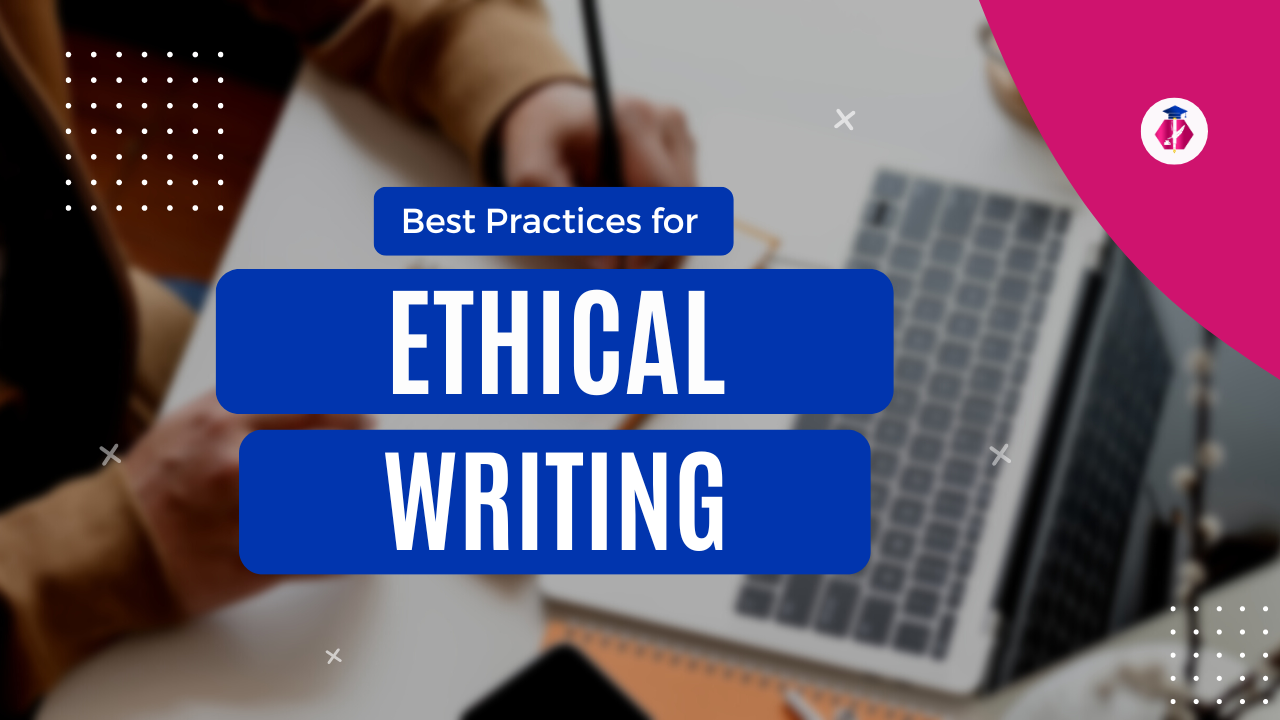Best Practices for Ethical Writing - Avoiding Plagiarism
Plagiarism is an academic malpractice when a writer tries to copy another author’s idea from word to word without correctly crediting the original producer of the concept on account of neglect or forgetfulness. Therefore, while writing an academic assignment or paper, the writer must use differing credible sources for evidence and information. To prevent plagiarism, the author must include suitable sources in his writing. This can be implemented in the following ways:
Paraphrase: Paraphrasing is defined as rewriting a resource, ideas and information by thinking and words. The information is written in its own words without changing the meaning of the resource. The correct way of paraphrasing can avoid plagiarism, but the incorrect way can slip into plagiarism.
Present the writer’s idea: Rather than directly taking from any other source, writing materials directly by your creativity is the best practice to avoid plagiarism. Instead of copying or taking the source words and ideas, the best way to keep the writing uni and plagiarism free is to think and write in your ideas.

Methods to Avoid Plagiarism
Using plagiarism checkers: While researching a topic, some sentences get stuck; it is better to include that in writing without a citation. Using an online plagiarism-checking tool helps to catch all these issues and then helps to remove the black before submitting the work. Grammarly is one of the software which offers a plagiarism checker. Grammarly helps scan the text and provide data on whether the content is plagiarized. This suggestion is helpful to avoid plagiarism in the work, and it is one of the easiest ways to get the plagiarism report and help remove the plagiarism from the work.
To be 100 percent conscientious in note-taking: As the author draws up the research paper and starts formulating the paper, one of the comprehensive practices is to label the notes in a copy to create plans and concepts. Note-taking must contain words o signify author, source data and publication source; It is necessary to keep records of the authentic sources and to take the main objectives from that article.
To cite the sources meticulously: The writer needs to cite other authors’ work, words, notions and phrases precisely and use indirect and direct can take citations from textbooks, exemplification, tables or charts; he needs to quote it. Preset-style manuals are feasible at most citation desks online. They can also present further recommendations for preventing plagiarism.




